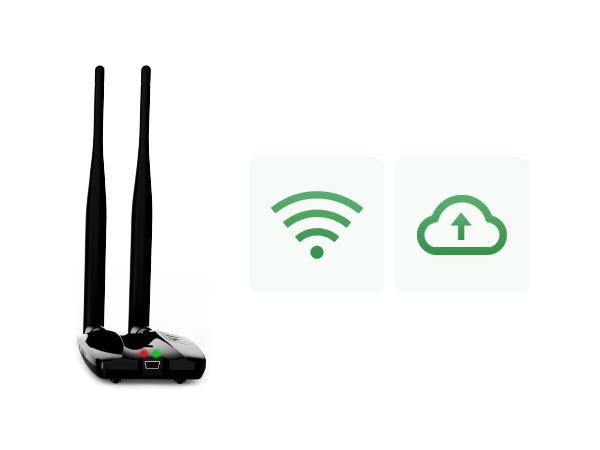Sterilization autoclaves play a pivotal role in safeguarding patient and consumer health by eliminating harmful microorganisms from instruments, materials, and equipment. These indispensable devices utilize steam sterilization, a widely recognized method that is cost-effective, environmentally friendly, non-toxic, and exceptionally efficient. Steam sterilization not only ensures rapid heat transfer but also effectively penetrates complex materials, including multilayered fabrics and intricate tools. The fundamental principle of steam sterilization involves subjecting each item to direct steam exposure under precise temperature and pressure conditions for a specific duration. This controlled process ensures the thorough elimination of bacteria, viruses, spores, and other pathogens, making it a cornerstone of infection prevention in medical, laboratory, and industrial settings.

Autoclaves operate through predefined cycles tailored to the type and volume of items being sterilized. To validate the efficacy of the sterilization process, continuous monitoring and detailed logging of temperature and pressure parameters are essential. These measures provide traceability and compliance with rigorous safety and quality standards, reinforcing the reliability of autoclave sterilization in critical applications.

The Iron Tag Rugged Temperature Data Logger is engineered to excel in extreme environments, making it an invaluable tool for autoclave temperature monitoring and validation. Encased in durable S316 stainless steel, this device withstands the challenges of moisture, corrosion, and immersion—conditions commonly encountered during autoclave operations. With its high-precision internal temperature sensor, the Iron Tag can operate in a broad range of temperatures, from as low as -90°C to as high as 150°C, with an accuracy of ±0.5°C. This ensures that every sterilization cycle meets the rigorous standards necessary to eliminate harmful microorganisms, safeguarding

 English
English Español
Español Русский
Русский Français
Français Deutsch
Deutsch عربي
عربي 中文
中文



